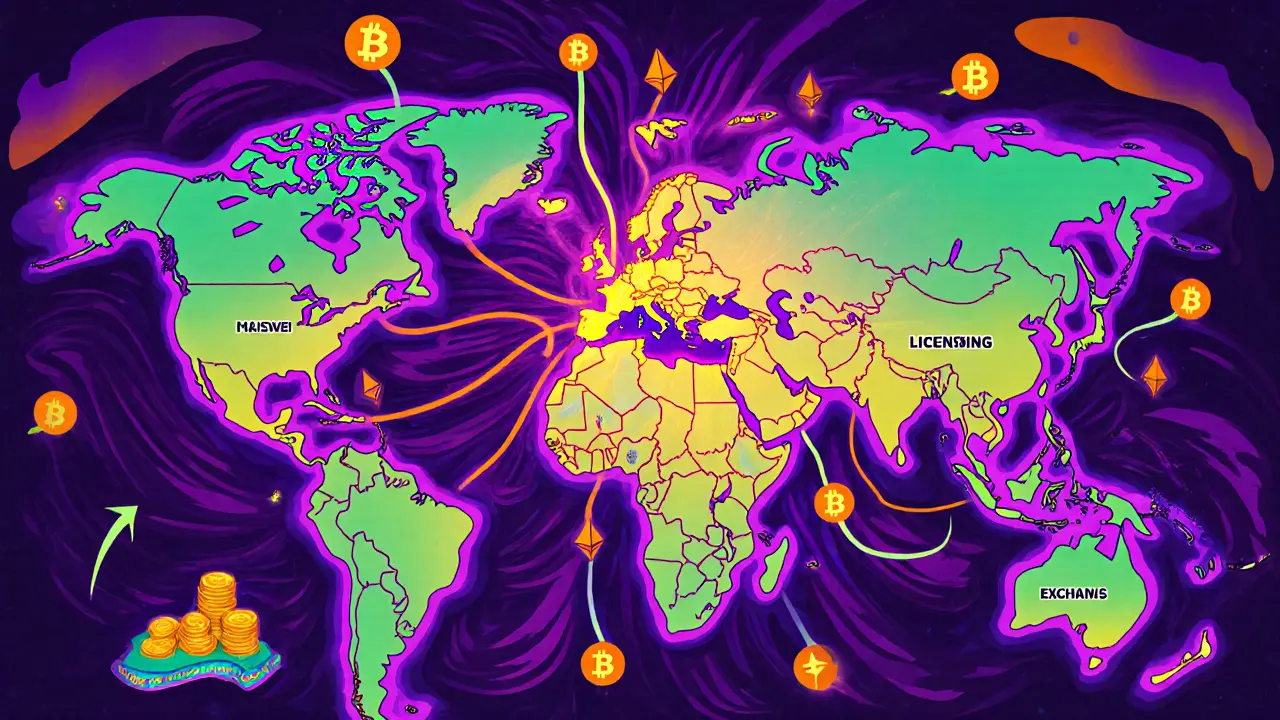Stablecoin Rules: What You Need to Know About Regulation, Risks, and Real-World Use
When you hold a stablecoin, a cryptocurrency designed to maintain a stable value, usually tied to a fiat currency like the US dollar. Also known as digital dollars, it's meant to be the bridge between crypto and traditional finance. But stablecoin rules aren't just about price stability—they’re about legality, transparency, and survival. In 2025, the game has changed. If you’re using USDT or USDC without understanding the rules, you’re playing with fire.
Stablecoin rules now come from regulators who don’t care if you think it’s "decentralized." The EU’s MiCA regulation forces issuers to publish reserve audits every quarter. The U.S. is pushing for federal licensing—no more shady backdoors. Even if you’re just holding USDC in your wallet, you’re still affected. Why? Because exchanges, wallets, and payment processors all have to comply. If they don’t, they get shut down. And when they shut down, your access disappears. That’s not speculation—it’s happened in Nigeria, India, and Qatar, where tokenized assets are allowed but native stablecoins aren’t.
Not all stablecoins are equal. USDT, Tether’s controversial stablecoin, often criticized for opaque reserves still dominates trading volume, but its legal risks are growing. USDC, Circle’s regulated, fully backed stablecoin is the safer bet in places like the U.S. and EU—but even it can’t escape scrutiny. Then there’s the new wave: tokenized Treasuries and gold-backed coins. These aren’t stablecoins in the old sense. They’re real-world assets on chain, and they’re reshaping what "stability" even means. If you’re still thinking stablecoins are just crypto with a dollar sign, you’re behind.
Stablecoin rules aren’t just for big players. If you’re using them for remittances, DeFi lending, or even just avoiding volatility, you need to know who backs them, where the reserves are held, and what happens if the issuer gets sanctioned. OFAC has already frozen wallets tied to unlicensed stablecoin issuers. The Travel Rule means every transaction over $3,000 must carry identity data. And in places like Qatar, stablecoins are banned outright—even if they’re backed by U.S. dollars.
There’s no such thing as a "safe" stablecoin anymore. Only a well-informed one. The posts below break down exactly what’s happening: who’s getting audited, which stablecoins are under investigation, how MiCA is changing daily operations, and why some so-called "stable" coins are just ticking time bombs. You won’t find fluff here—just facts, risks, and what you need to do right now to protect your assets.
Global Crypto Regulatory Convergence Trends: How Countries Are Aligning Digital Asset Rules
Global crypto regulation is aligning around MiCA standards, with major economies adopting consistent rules for stablecoins and exchanges. This convergence is boosting institutional investment, reducing volatility, and pushing small players out of the market.
